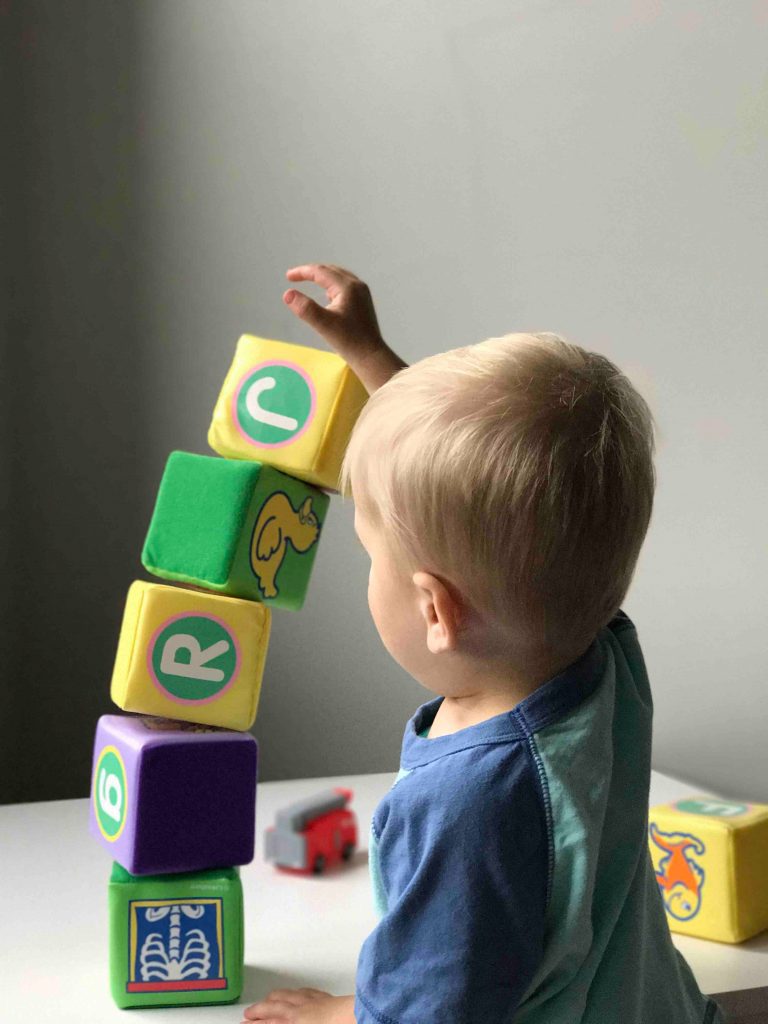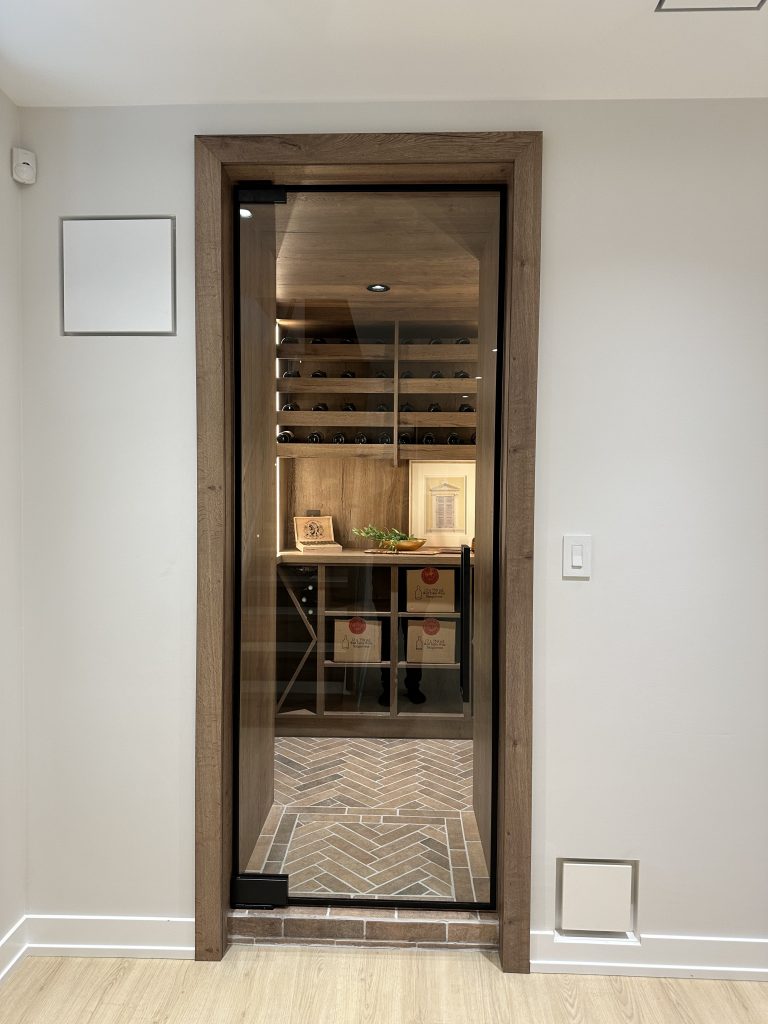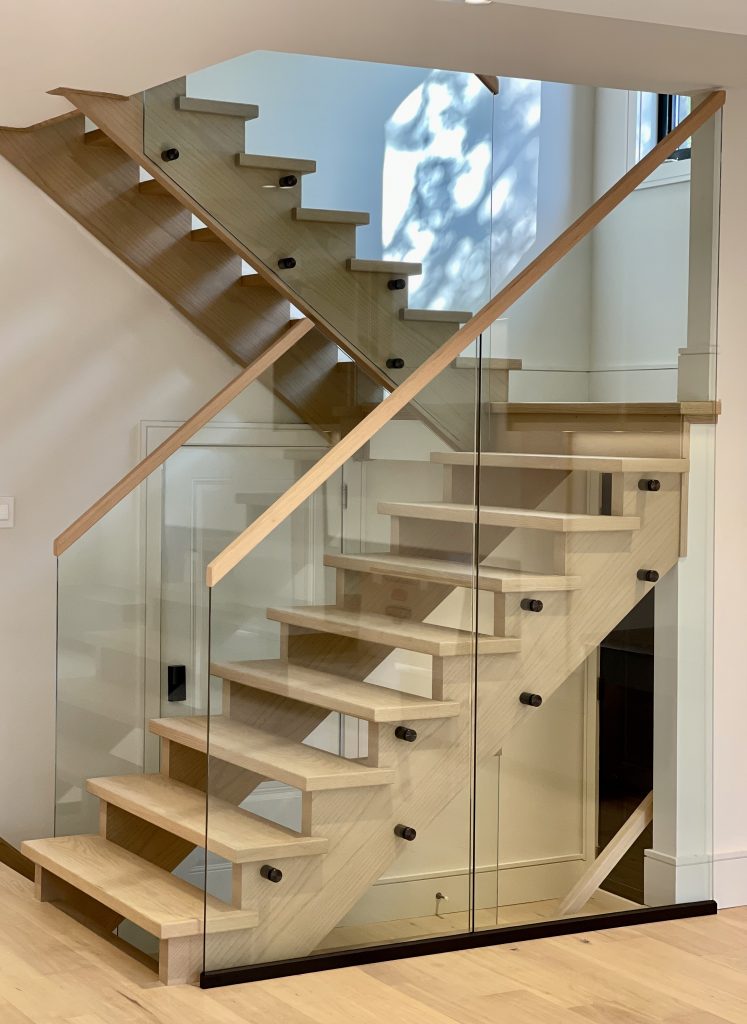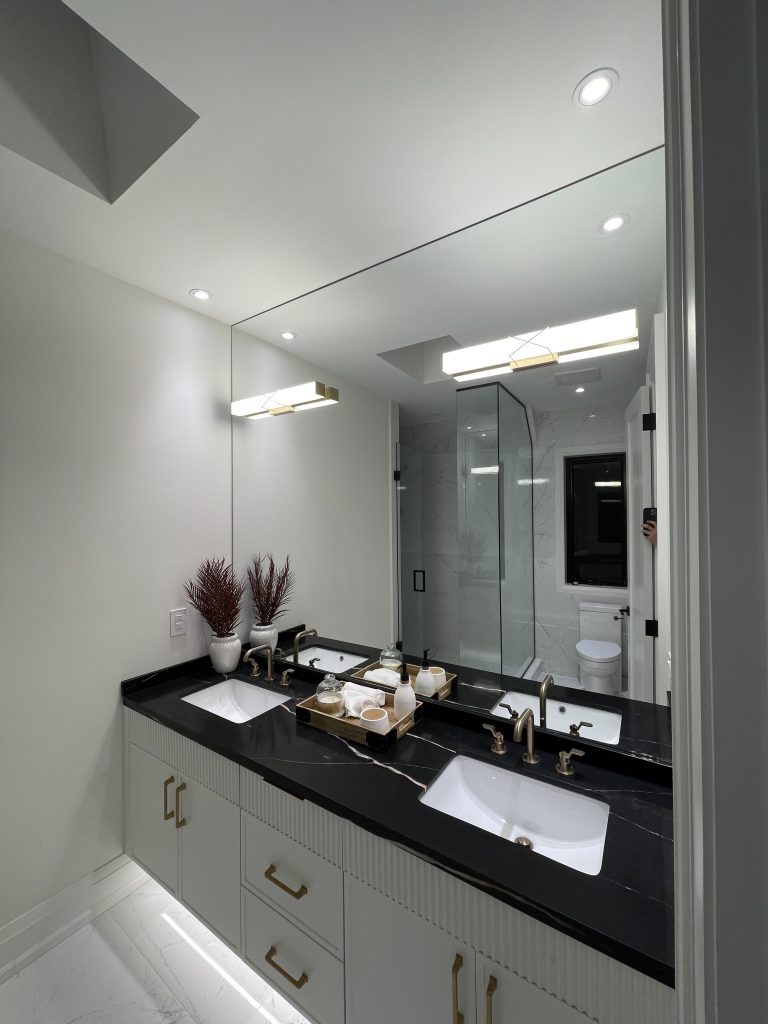
Child Safety: Ensuring Your Glass Features are Kid-Friendly
In the modern home, glass features have become synonymous with elegance, openness, and contemporary design. From expansive glass doors that offer unobstructed views to sleek glass railings that add a touch of sophistication, these elements undoubtedly elevate the aesthetics of any space. However, these beautiful features can also raise safety concerns for households with young children. As parents or guardians, they are ensuring the well-being of our little ones is paramount, especially in an environment where they spend a significant amount of time exploring and playing. Balancing the desire for a stylish home with the necessity of child safety might seem challenging, but with the proper knowledge and precautions, it’s entirely achievable. In this article, we’ll delve into the essential measures you can take to ensure that your home’s glass features are both stunning and kid-friendly.

Understanding the Risks
With its transparent and delicate nature, glass poses unique risks, especially in homes bustling with the energy of young children. Before diving into the solutions, it’s crucial to recognize and understand these potential hazards to address them effectively.
Visibility Issues: One of the most common concerns with glass, especially doors and partitions, is that they can sometimes be too clear. In their playful haste, children might not recognize a closed glass door, leading to bumps or, in unfortunate cases, more severe injuries.
Sharp Edges and Breakage: Glass tables, shelves, or any feature with exposed edges can be a hazard if a child falls or bumps into them. Furthermore, if a glass item were to break, it could result in sharp shards that are dangerous to anyone, curious toddlers.
Climbing and Leaning: Children are natural explorers. Glass railings, especially those on balconies or staircases, can become tempting spots for kids to climb or lean against, risking potential falls.
Heavy Glass Elements: Some glass features, like large mirrors or glass doors, are heavy. If not secured properly, they risk tipping over or shattering.
Awareness is the first step towards prevention. By understanding these risks, parents can make informed decisions about the type of glass features they incorporate into their homes and the safety measures they need to implement.
Creating Seamless Transitions: Glass Doors for Indoor-Outdoor Living
Choosing the Right Type of Glass
Selecting the appropriate type of glass is a pivotal step in ensuring child safety. Not all glass is created equal, and understanding the differences can make a world of difference in a home with young residents.
Tempered Glass vs. Regular Glass: Tempered glass, often called safety glass, is up to five times stronger than regular glass. When it breaks, it shatters into small, rounded pieces rather than sharp shards, significantly reducing the risk of injury. Tempered glass is a must-have for areas where children frequently play or pass by, such as patio doors or low windows.
Laminated Glass comprises two or more sheets bonded with a plastic interlayer. If broken, the plastic layer holds the glass pieces together, preventing them from scattering and causing potential harm. Laminated glass benefits ground-level windows or features within a child’s reach.
Frosted and Patterned Glass: Beyond its aesthetic appeal, frosted or patterned glass can be practical in homes with children. The texture or patterns can make the glass more noticeable, reducing the chances of accidental bumps. Additionally, they can hide smudges or handprints, making maintenance a tad easier for busy parents.
When planning to install or replace glass features in your home, consulting with experts like Roble Glass & Railings can provide insights into the best options tailored to your needs. Their expertise ensures that you maintain style while prioritizing safety.
Safety Measures for Glass Doors
Whether they lead to a backyard patio or serve as a partition within the home, glass doors are a popular design choice for their ability to let in natural light and create a sense of openness. However, they also present specific challenges when it comes to child safety. Here are some measures to ensure these doors are safe for the little ones:
Safety Decals or Stickers: One of the most straightforward solutions to make glass doors more visible is by adding safety decals or stickers. These can be clear, coloured, or even come in playful designs that can be decorative and functional. Placing them at a child’s eye level reduces the risk of them accidentally entering a closed door.
Door Stoppers: Children, in their enthusiasm, might not always be gentle when opening or closing doors. Door stoppers can prevent glass doors from slamming shut, which could lead to breakage or trap little fingers.
Proper Height for Door Handles: Consider installing door handles at a height that’s out of reach for toddlers. This prevents them from accidentally opening doors and reduces the chances of them using the handle as leverage to swing or hang.
Self-closing and Self-latching Doors: Especially crucial for doors leading to outdoor areas like pools, these mechanisms ensure that doors close and latch automatically, reducing the risk of unsupervised outdoor access.
Anti-shatter Film: This transparent film can be applied to existing glass doors, adding an extra layer of protection. In the event of breakage, this film holds the glass pieces together, much like laminated glass.
By implementing these measures, you can enjoy the beauty and functionality of your glass doors while ensuring they’re safe spaces for children to be around.

Open Up Your World: The Benefits of Glass Doors in Contemporary Design
Glass Railings and Balconies
Glass railings, often used in balconies, staircases, and overlooks, offer an unobstructed view and a modern touch to any property. However, their transparency and positioning can pose safety concerns for families with children. Here’s how to ensure these elegant features are child-proof:
Correct Railing Height: Building codes often dictate the minimum height for railings, but it might be worth considering even taller railings when children are involved. A higher barrier makes it more challenging for kids to climb or lean over, reducing the risk of falls.
Minimal Gaps: While the glass provides a solid barrier, pay attention to the gaps between panels or the glass and the floor. Ensure they’re narrow enough to prevent a child’s head, arms, or legs from getting stuck or dropping toys and other objects.
Sturdy Installation: A wobbly railing is a hazard, regardless of its material. Ensure that your glass railings are securely anchored to the floor or walls. Regularly inspect for any signs of wear, tear, or loosening and address them promptly.
Safety Films or Laminated Glass: As with glass doors, consider using laminated glass or applying a safety film to your railings. This added layer ensures that even if the glass breaks, it won’t shatter into dangerous shards.
Educate and Supervise: While safety measures are crucial, educating children about the dangers of climbing or leaning against railings is equally essential. Always supervise young kids near balconies or elevated areas with railings.
By combining these safety precautions with the expertise of professionals like Roble Glass & Railings, you can ensure that your home’s glass railings are both a visual treat and a safe feature for everyone.

Discover the Benefits of Using Spigot Systems for Your Glass Projects with Roble Glass & Railings
Glass Tables and Shelves
Glass tables, whether they serve as a dining table, coffee table, or side table, are a favourite in many homes for their sleek appearance and ability to make a space feel more open. Similarly, glass shelves add a touch of sophistication to walls and cabinets. However, their edges and surfaces can be points of concern for parents. Here’s how to make these features more child-friendly:
Rounded Corners: One of the primary concerns with glass tables is their sharp corners. Opt for tables with rounded or bevelled edges to minimize the risk of injuries from bumps or falls.
Anti-slip Pads: Place anti-slip pads or rubber grips under tabletop items like vases, photo frames, or lamps. This prevents them from easily sliding off or being knocked over by curious hands.
Secure Mounting for Shelves: Ensure that glass shelves are securely anchored to the wall, especially if placed within a child’s reach. This reduces the risk of them being pulled down or collapsing under weight.
Avoid Low-Level Glass Tables: Avoid placing glass tables at toddler height if possible. A taller table reduces the chances of a child running into it or trying to climb onto it.
Regular Inspection: Periodically check for chips, cracks, or any signs of damage. Even a small chip can lead to larger cracks, compromising the table’s or shelf’s integrity.
By taking these precautions, you can continue to enjoy the elegance of your glass tables and shelves while ensuring they’re safe spaces for your children to move around. Remember, it’s always a balance between aesthetics and safety, and with the right measures, you can achieve both.
Mirrors: Reflecting Beauty Safely
Mirrors are more than just functional items for checking one’s appearance; they’re also powerful design elements that make a room appear larger, brighter, and more elegant. However, their placement and type can be of concern in homes with children. Here’s how to ensure mirrors add beauty without compromising safety:
Secure Wall Mounting: Large wall mirrors should be securely anchored to the wall, especially those in living areas or bedrooms. This prevents them from accidentally tipping over or falling if bumped into.
Safety Backing: Consider mirrors with a safety backing. This ensures that if the mirror does break, the shards stick to the backing rather than scattering, reducing the risk of injuries.
Avoid Floor Mirrors: While floor-length mirrors are stylish, they can be easily tipped over by children. If you have one, ensure it’s securely anchored to the wall.
Positioning: Place mirrors in areas where children aren’t likely to run or play. Avoid placing them near doors or high-traffic areas. Additionally, ensure that mirrors aren’t positioned in a way that reflects direct sunlight, which can be a potential hazard.
Rounded Edges: Just like glass tables, mirrors with rounded or bevelled edges are safer as they reduce the risk of injuries from sharp corners.
Mirrors can be a beautiful addition to any home, reflecting light and adding depth to spaces. By following these safety guidelines, you can ensure they remain a source of beauty, not a cause for concern. Always remember the safety of your loved ones is paramount, and with a little planning, you can create a stylish and safe home.

Reflecting Luxury: The Allure of Custom Mirrors in Modern Home Design
Final Thoughts
Incorporating glass features in a home brings a touch of modern elegance, openness, and brightness. However, as with any design element, it’s essential to balance aesthetics with safety, especially in homes with children. By being proactive and considering the safety measures outlined above, homeowners can enjoy the beauty of glass without compromising the well-being of their loved ones.
If you’re looking to integrate glass features into your home or need expert advice on making your existing glass elements child-friendly, Roble Glass & Railings is here to help. With years of experience and a commitment to both style and safety, we ensure that your home remains a sanctuary for everyone.
Contact Roble Glass & Railings today to discuss your needs and let us assist you in creating a home that’s both stunning and safe. Your peace of mind is our top priority.



